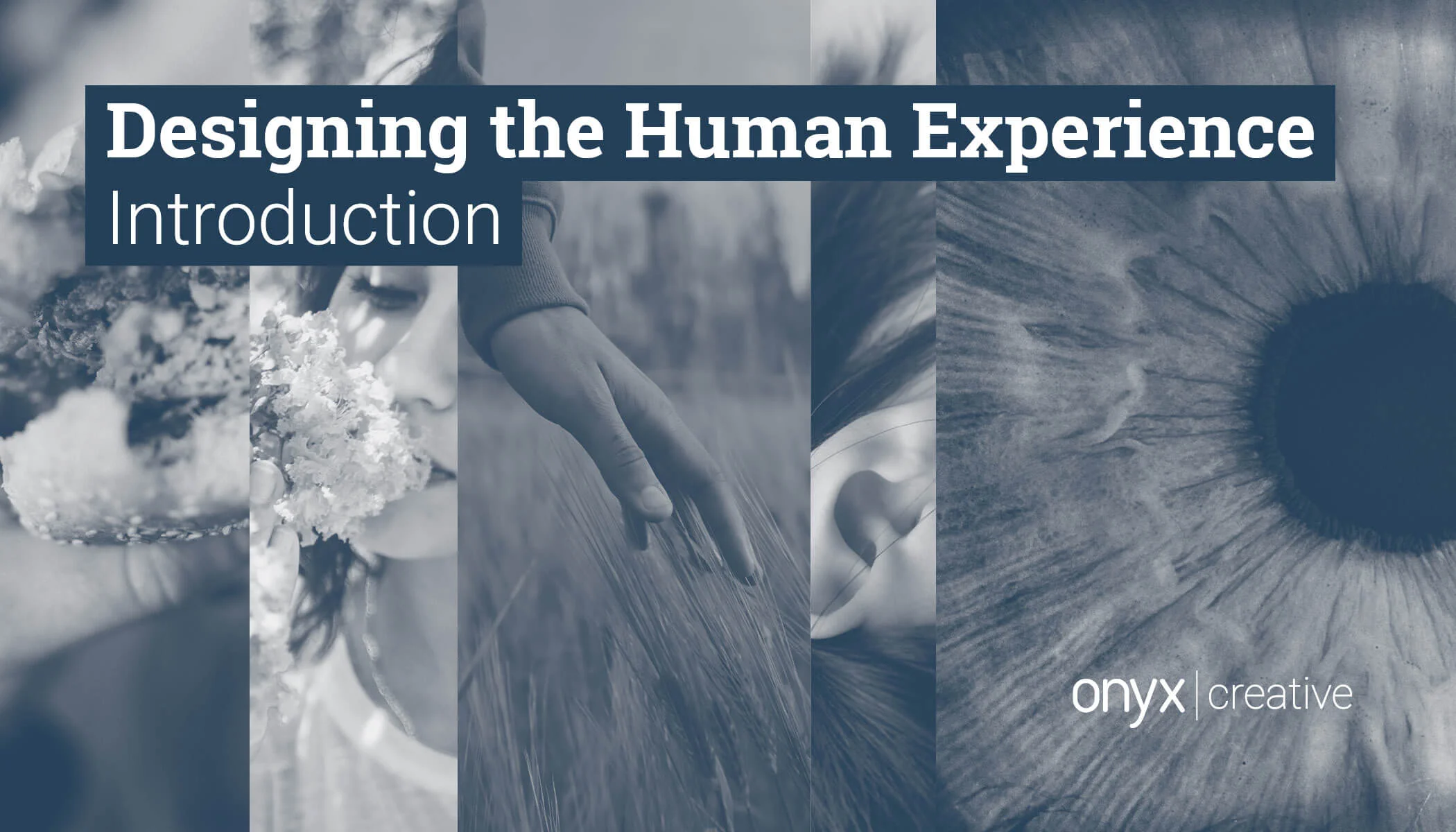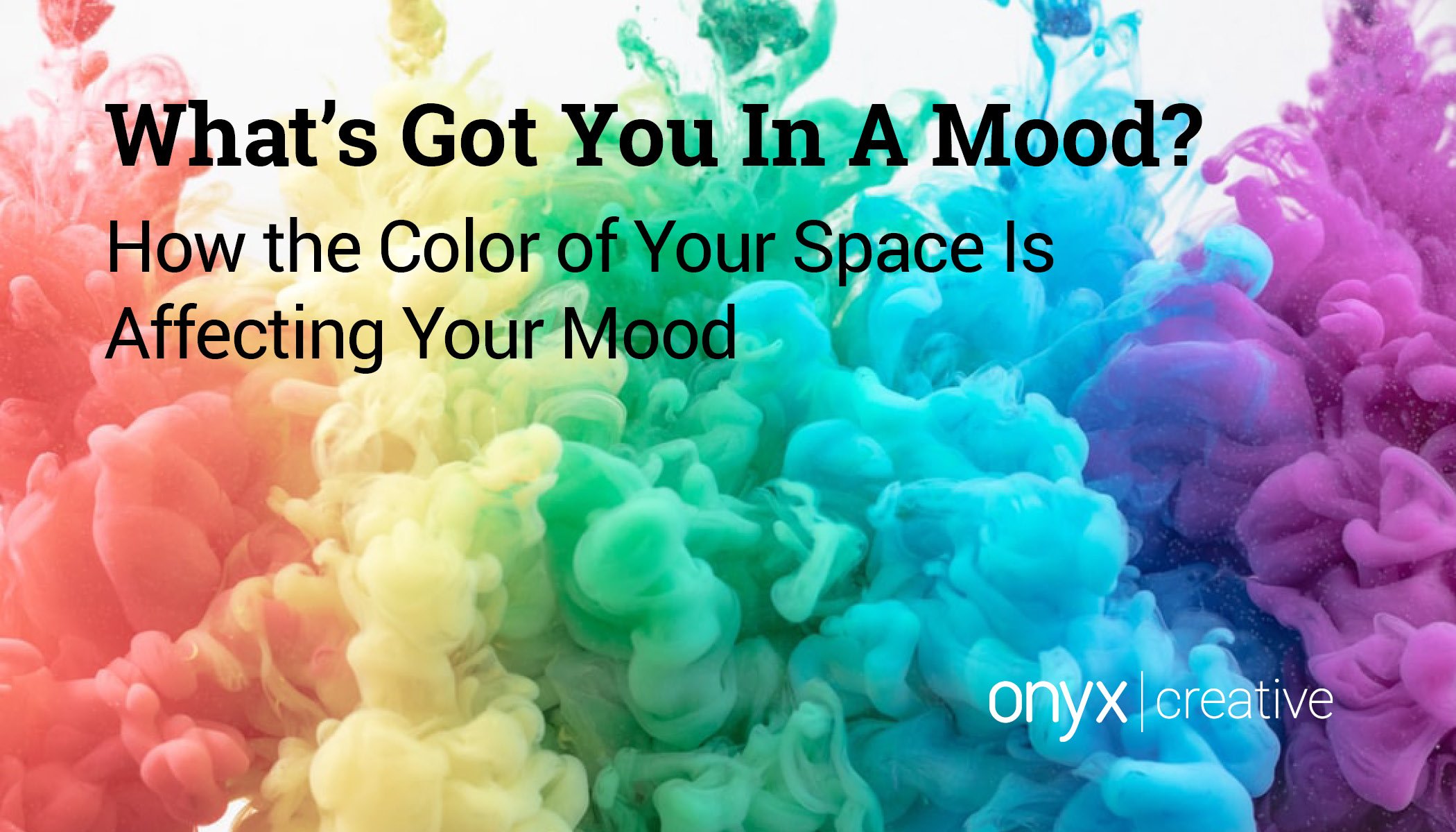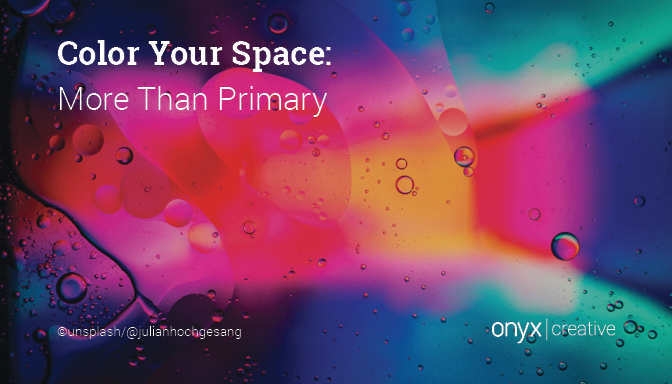Interior design is the art and science of formulating interiors while creating function, safety, and beauty. Essentially a series of informed decisions, interior design has the ability to create a positive impact in the lives of the end-user. We are living through a revolution in communications and computer technology that, while generating connectivity, is also creating face-to-face social isolation; however, we also see a counter pattern of people gravitating to metropolitan areas, seeking wholesome ‘live – work – play’ environments that are flexible to their needs and towards spaces that connect individuals and communities. In response, design is adapting and evolving, shifting rapidly towards emphasizing the human experience, requiring spaces that promote emotional and physical well-being by creating an immersive experience that engages on every scale from individuals to whole communities.
Read MoreFrank Lloyd Wright's Unbuilt Print Exhibition Space: Now Imagined in 3D Renderings
A Perspective by Chad Solon
I became interested in Frank Lloyd Wright when I got the chance to work on the restoration of the Burton Westcott House in Springfield, Ohio as an intern. It was incredible to see the house be transformed from a collection of one-room apartments back to its original splendor. As I became interested in digital modeling, Wright seemed like a logical choice to experiment with. Not only was his architecture beautiful, but the regular geometry was easy to model.
Read MoreIntegration of Healthcare Planning in Urban Environments: How Millennials and Baby Boomers Aren’t As Different As You Think
by Rita Gochberg
Advancements in mass transit and affordability of private transportation, urban planning, segregated living, working and shopping environments, and the establishment of low-density dwelling neighborhoods, all give rise to automobile dependency and suburban sprawl. In the early 1980s, the New Urbanism movement was established in the U.S. as a response to the detrimental effects of urban sprawl, becoming influential in aspects of urban planning and municipal land-use perimeters. The following study evaluates the sum of the significant impacts of suburban sprawl, establishes common patterns between urbanist methodology and evolution of healthcare systems, assesses population living preferences among two major cohorts, baby boomers and millennials, and proposes a pathway to better integration of healthcare services within the urbanist environment.
Read More
































